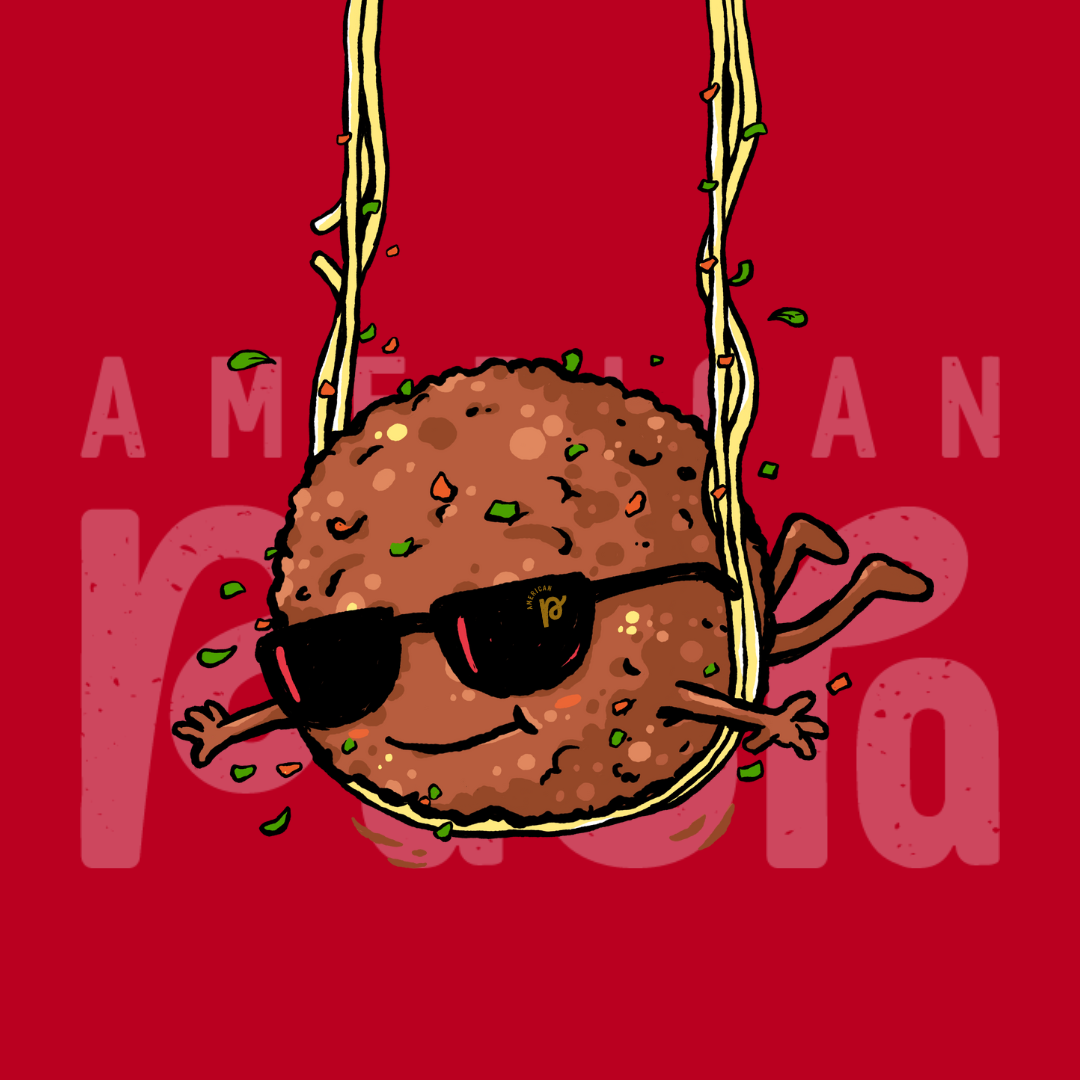There is nothing better than savoring a delicious pasta with a delicious tomato sauce, is not it? This sauce is part of the cuisine of the whole world, and there is not one person who does not appreciate this delight!
But do you know the origin of this sauce, and how did the legitimate tomato sauce come about? Better also known as Pomodoro sauce? The story behind this sauce is delicious and straightforward, as well as the spice we know and love.
But it would be impossible to talk about Pomodoro sauce without talking a little earlier about its main ingredient: tomatoes. Therefore, first, let’s see how this simple fruit (yes, Tomato is a fruit) could become such a delicious sauce and that, to this day, composes several delicious dishes from cuisines and restaurants around the world.
The star of Pomodoro sauce – the Tomato
The Tomato is the fruit coming from the Tomato. Although many people find and consider the Tomato a vegetable, it is a fruit, as it develops from the egg and ovary.
And even though many people directly associate Tomato with Italy, this fruit initially belongs to Latin America and is already consumed by the Maya, Incas, and Aztecs. Europeans considered Tomato a poisonous fruit, as it was associated with mandrakes, a plant used very anciently in witchcraft rituals.
In the middle of the nineteenth century, Europeans began to export and grow this fruit in Spain and France. Since the first tomatoes were yellow, they named the fruit “Pomo d’Or” (Golden Apple), which would later give its name to the Pomodoro sauce we know today.
The first known records of red tomatoes date from 1554, about 30 years after they arrived from Veracruz, Mexico.
Types of tomatoes
Nowadays, there are several different species of tomatoes, but some are more indicated for sauces and others not. Let’s know which are the most common and for which each of them is more indicated.
Tomato Carmem
They are the best known and most consumed because they are genetically modified, have a more orange color, and are more watery. They are more suitable for salads because sauces made from this type of Tomato are orange and without much flavor.
Persimmon Tomatoes
This type of Tomato is usually more coarse. It is not very suitable for the preparation of sauces, but it is excellent to prepare vinaigrette because it does not have a delightful taste and is, yes, fresher.
Dutch Tomato
The Dutch Tomato is not much used in the preparation of sauces, as it is a sweeter type and excellent for salad preparations, and has this name because it is a tomato from the Netherlands.
Tomato Deborah
It is a very versatile type of Tomato because it can be used to prepare sauces and salads because it is low acid and excellent for the practice of dried tomatoes.
Italian Tomato
The Italian Tomato has an elongated shape and is the most suitable for making Pomodoro sauce and other tomato-based sauces since it is more fleshy, has little acid, and has few seeds.
Tomato San Marzano
The San Marzano Tomato is the king of tomatoes when it comes to prepare Pomodoro sauce and other tomato-based sauces. It has almost no acidity and competes side by side with the Italian Tomato.
Cherry and sweet Grape tomatoes
These two types of tomatoes are indicated only for salads because they are delightful and have tiny formats. The Sweet Grape tomato has a shape similar to a grape and the cherry tomato is more rounded and small in format.
The Pomodoro sauce
The Pomodoro sauce was created by Antonio Latini, the culinary chef of the Spanish court, and he made it only by mixing tomatoes, olive oil and onions, but only between 1692 and 1694, in Italy, Latini made the record of his tomato sauce in his Neapolitan cookbook, called “Lo Scalco Alla Moderna”.
And in the recipe he wrote about his Pomodoro sauce, Antonio Latini said to bring to the fire pieces of tomatoes without skin and seeds, season with onion, parsley, pieces of garlic, salt, pepper, olive oil and vinegar, in this way the “Spanish-style tomato sauce” would be obtained.
Antonio Latini’s recipe is the traditional and original Pomodoro sauce, which can be served with delicious pasta or meats. Still, nowadays, there are many other versions of tomato sauce around the world.
In addition, initially, the Pomodoro sauce should be made by extracting the pulp of extremely ripe Italian or San Marzano tomatoes (which have a low acidity content) and mixed only with the spices mentioned in the Latini recipe.
But currently, many industries and people who make tomato sauce use green or not-so-ripe tomatoes of other species and add sugar to eliminate the acidity present in tomatoes.
Variations of Pomodoro sauce
Nowadays, there are few people and restaurants that make the traditional Pomodoro sauce, following the recipe of Latini. We can find many variations of this delicious sauce that can even be tasty but do not qualify as a traditional Pomodoro sauce.
For example, we can find Pomodoro sauces beaten in a blender with Peel and everything and only then brought to the fire. This option is often used by people who want a smoother sauce and get ready quickly.
Other people add butter at the time of preparation instead of olive oil to sauté the onion, garlic, and other seasonings. Some recipes have the addition of basil.
Wine to harmonize the Pomodoro sauce
Any pasta you serve with Pomodoro sauce is even more delicious if harmonized with an excellent Italian wine or a Chianti or Merlot dry red wine.
You can also meet and enjoy these delicious varieties at American Pasta.

